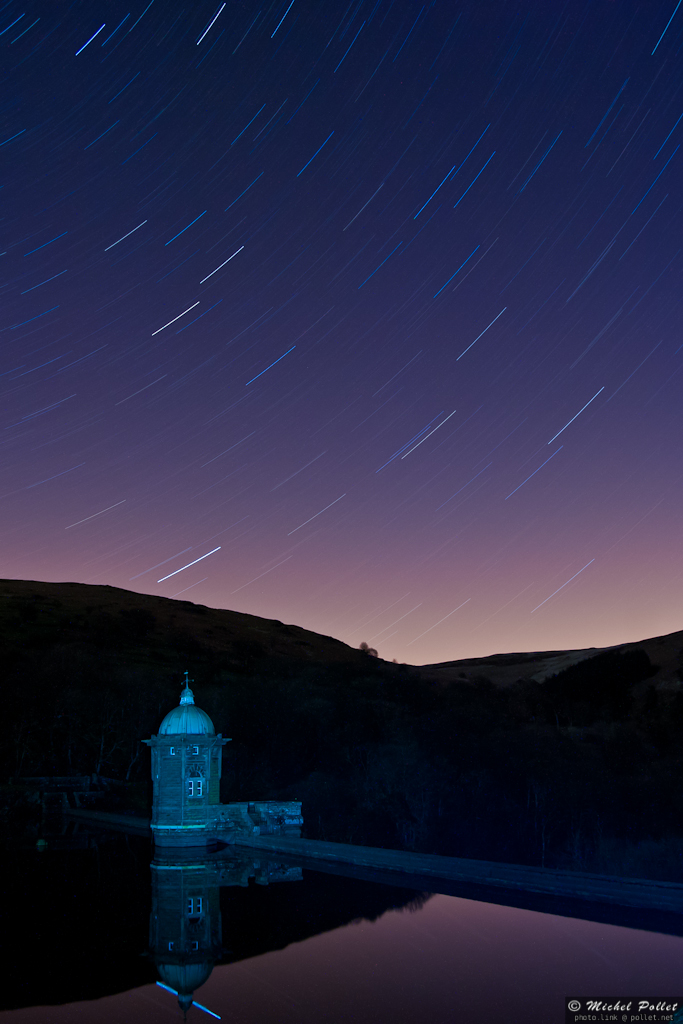hey guys,
So after taking your advice, I decided that Sunday was the night that I'll make the magic happen! So, I setup my camera, pointed at the north star, dialled in the following settings and let it go!!
shutter speed: 30sec
F-Stop: 4.5
ISO: 200
Shot type: High burst
Remote shutter release cable used as it has a lock option.
200 images later, this is the result. Needless to say, I'm very happy with it

C&C welcome
So after taking your advice, I decided that Sunday was the night that I'll make the magic happen! So, I setup my camera, pointed at the north star, dialled in the following settings and let it go!!
shutter speed: 30sec
F-Stop: 4.5
ISO: 200
Shot type: High burst
Remote shutter release cable used as it has a lock option.
200 images later, this is the result. Needless to say, I'm very happy with it


C&C welcome




 ) if it's something that you're interested in doing more, but you'd have to pay for them.
) if it's something that you're interested in doing more, but you'd have to pay for them.
